History originally published in AutoWeek March 13, 1989; republished by the author
Zinn – Eugene “Huey” Zinn, that is – doesn’t exactly spring to mind when the great names of racing are mentioned. Nor does Buick, despite all the money Buick has spent in NASCAR and CART and IMSA lately. If anything, Buicks have been doctor’s cars or something your aunt might own or, at best, from a performance standpoint, as the Roadmaster with lots of turnpike-hugging chrome. Even now it’s hard to get anything but an automatic trans in a Buick.
Ironically, Buick’s early reputation was built on racing, literally from Day One. No sooner had David Dunbar Buick begun making automobiles than did the company’s New York and New Jersey agent, H.J. Koehler, start winning his class in a stripped-chassis Buick at a hillclimb up Eagle Rock near Newark. The following year, 1904, a Koehler co-owned Buick driven by A.H. Weisser won the two-cylinder class Mount Washington hillclimb, a feature on the Glidden Tour. In the next two years Koehler collected no fewer than 36 awards.
Koehler’s sales soared with his track success, and that was not lost on Billy Durant, who by then had taken control of Buick. With visions of free publicity – the press was very keen on reporting brand names – as well as grist for the advertising mill, Durant organized a factory racing team headlined by “Wild” Bob Burnan and Louis Chevrolet. No scrub outfit, a railcar transported the team from race to race, with room for eight race cars, a tool car, and a complete machine shop and blacksmith forge.
There were wins from Savanah, Ga., to Montreal, from New Orleans to Atlanta to Pasadena, Calif. In the 1909 hillclimb up Lookout Mountain near Chattanooga, Tenn., Buick won five of six events. At the inaugural events of the Indianapolis Motor Speedway in August 1909, (not yet the famous 500) Buick went three-for-three. More wins came at Lowell, Mass.; Dallas; Long Island; Winnipeg, Manitoba; Amarillo, Texas; Phoenix; San Antonio; and Los Angeles.
Some of the victories did not go to “pure” Buicks, however. Marquette-Buicks were hybrids of Buick engines and virtually hand built racing chassis made by the Marquette Motor Company of Saginaw, Michigan, one of Billy Durant’s wild acquisitions for his budding General Motors. It was a natural for Marquette, which was doing that sort of thing anyway. The hybrid, however, raced as the “Buick 30” lest anyone thought it was anything less than a stocker. Until, that is, the AAA contest board saw through the ruse and set a 35-unit homologation minimum. Then Marquette-Buicks they were.
Most spectacular, however, were the Buick Bugs. Technically Buick Model 60 Specials, the pure racers were nicknamed for their rounded noses and tapered tails. They were, in 1910, wholly different from the competition and were thunderously fast, qualifying at Indy at over 105 MPH. Though they didn’t win there, they took victories elsewhere, not the least in the hearts of the fans.
The factory team began to break up in 1911 with the departure of Durant. The bankers who forced him out did not share the win-on-Sunday, sell-on-Monday philosophy. Even still, privateers racing Buicks racked up successes at tracks nationwide.
It was a natural, then, for Huey Zinn to select a Buick for racing. In truth, Zinn did not buy a brand-new car to rebuild for racing. The basis for Zinn’s racer, a 1913 Buick Model 24 roadster, was bought by the Hinchcliffe Brewery in Paterson, N.J., as a “collector car,” presumably for collecting receipts from customers. At $950, it was the cheapest Buick made that year. Before that car was a year old, however, it was in an accident that apparently damaged the body but not the frame. Zinn bought the remains and made it the racer. Why Zinn – or someone else for that matter – didn’t just repair the car for road use must remain a mystery. Most likely Zinn just wanted to go racing and the Buick looked like the way to do it.
Zinn’s changes were more cosmetic than structural. The body was replaced with crude sheet metal over wood framing. It looks good from a distance, the shape is right but the metalwork, about as smooth as a 14-year-old on a first date, would have had trouble getting a passing grade in Body Shop 101.
The cockpit is a snug fit for the driver on the left and riding mechanic to his right. There’s a small door, a long step up, and a simple latch. The steering wheel is large, wood-rimmed and slightly dished. Usual spark and fuel levers are in the hub and a stubby shifter, looking like something from a locomotives cab, is guided by a gated quadrant, a heavy casting. Throttle, brake and clutch pedals are in their traditional positions on the floor. Brakes are on the rear only and suspension is by semi-elliptic front and three-quarter elliptic “with scroll ends” rear. Under the yellow hood is a four-cylinder Buick engine, cylinders cast in pairs with fixed heads but, a novelty at the time, overhead valves – or as Buick called it, valve-in-head. The pushrods and rocker arms, ironically, are exposed. It displaced 165 cid and was rated at 28 hp stock. The Bosch magneto and Zenith brass carburetor, both racing modifications, may have added a pony or two.
Whatever, it was not enough. Huey Zinn retired the car after one season of racing to no great success at Ho-Ho-Kus and Singac-Wilkie’s in New Jersey. It was used on the street for a while – certainly a dashing roaster – and then retired to a pool hall in Paterson, N.J., where it stayed for a few years. It was found in a barn (where else?) by a collector intent on an Essex. The Buick, after years of inactivity, allegedly started right up and was used to pull the Essex out. The Buick was sold to George K. and George M. Nutting, father and son, who restored it to racing fitness with advice from Huey Zinn himself, even down to a “Zinn” badge on the radiator – which may or may not have been on the racer. (Zinn, born in 1893, died in 1978.)
The Zinn-Buick is now owned by John and Susan Aibel, and John races it in East Coast vintage events. It is, to my knowledge, the oldest active car in vintage racing. It doesn’t win now any more than it did then, but after all these years it’s still hanging in there. Which goes to prove something about old racers that start at a brewery and then spend a lot of time in pool halls. Just what, I’m not sure.
Addendum: The Zinn-Buick racer has headlamps and taillamps. Whether these were on while the car was raced isn’t known.



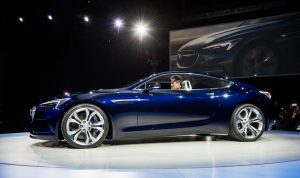
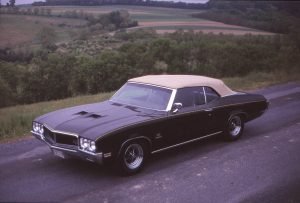
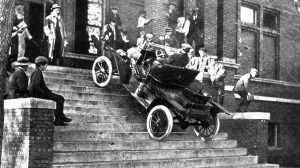
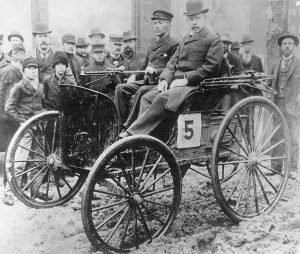
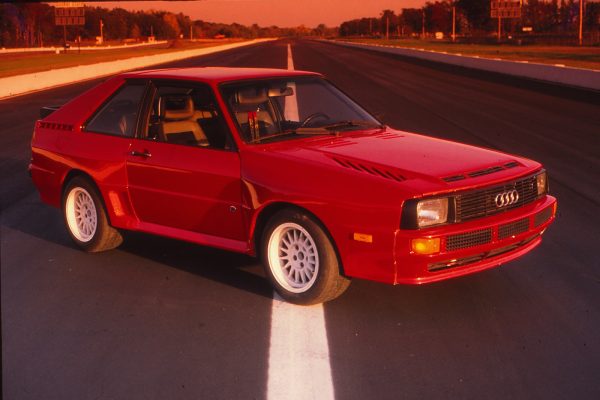
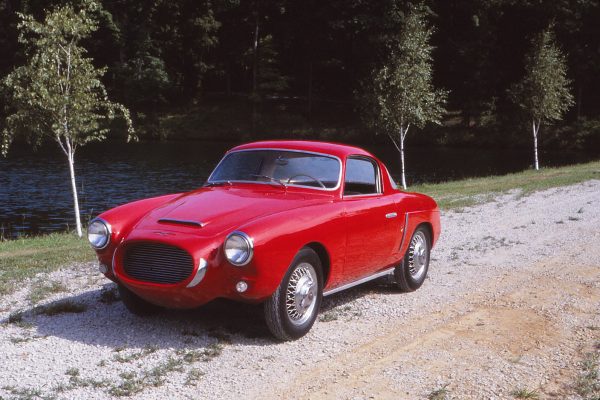
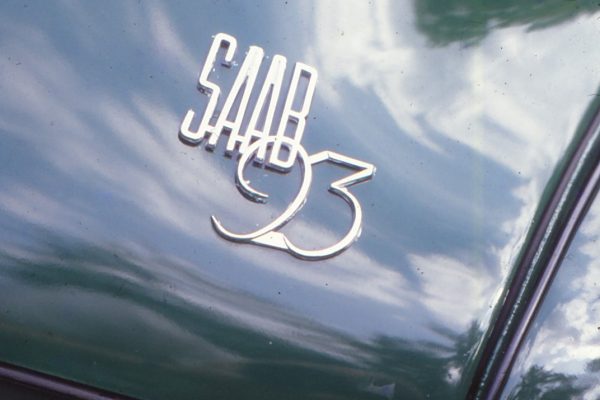
What Do You Think?
You must be logged in to post a comment.